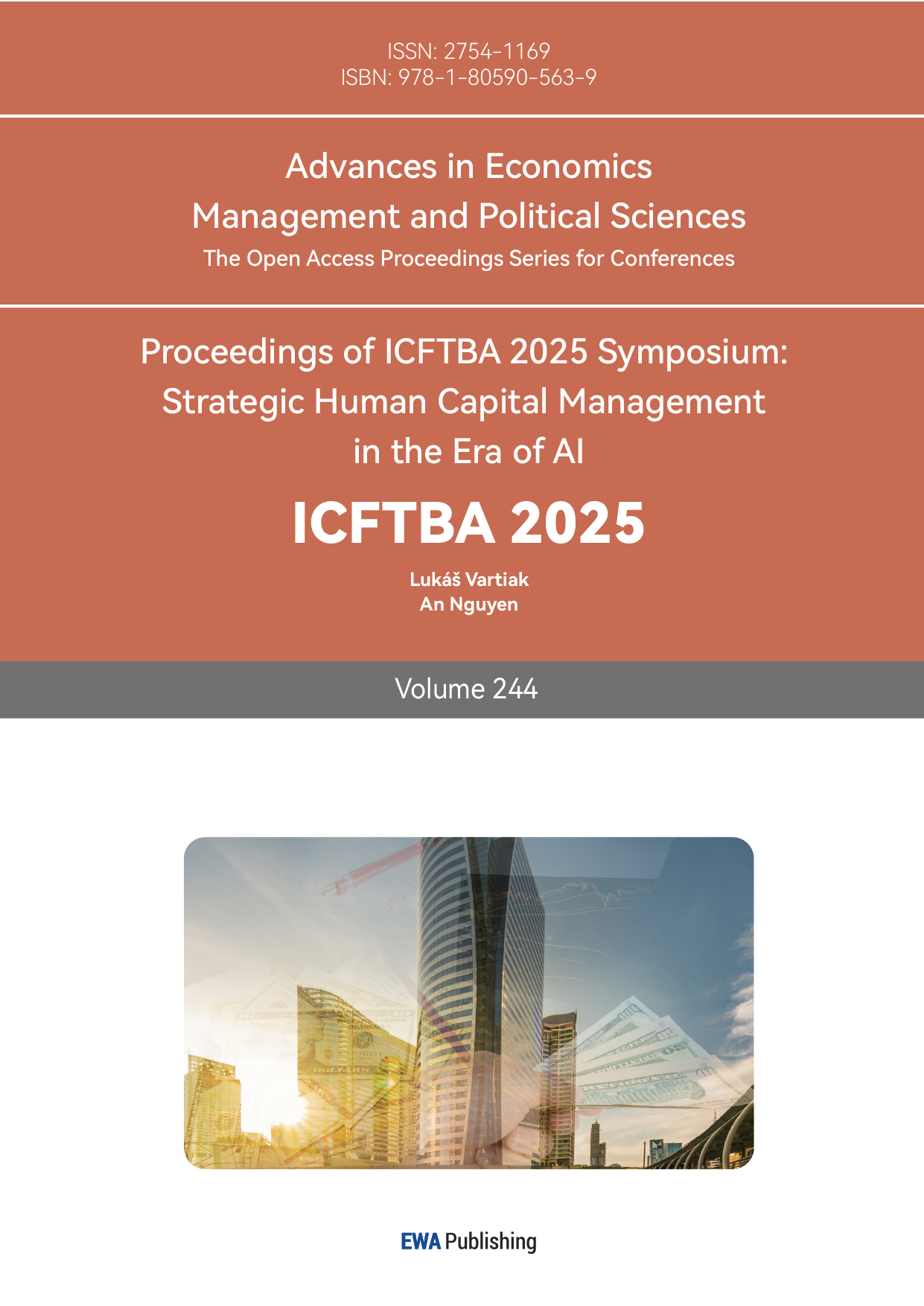References
[1]. Benguria, F., Choi, J., Swenson, D. L., & Xu, M. J. (2022). Anxiety or pain? The impact of tariffs and uncertainty on Chinese firms in the trade war. Journal of International Economics, 137, 103608.
[2]. Carter, C. A., & Lohmar, B. (2002). Regional restrictions on agricultural import patterns: The case of China’s soybean imports. Agricultural Economics, 27(3), 321–330.
[3]. Lia, H., Zhang, Y., & Wang, C. (2018). Dependency and volatility in Sino-US soybean trade: A policy-driven analysis. Journal of International Trade & Economic Development, 29(4), 456–472.
[4]. De Souza, M., & Garcia, R. (2015). Infrastructure, technology and export expansion: The case of Brazilian soybeans. World Development, 70, 1–14.
[5]. Kim, S., & Lee, J. (2017). Price elasticity and food security: South Korea’s soybean import policy. Asian Journal of Agriculture and Development, 14(2), 89–104.
[6]. Marchant, M. A., Koo, W. W., & Hart, C. E. (2004). International trade and competition in soybean markets. Journal of Agricultural and Applied Economics, 36(1), 121–134.
[7]. Wang, Y., & Wang, L. (2020). Diversifying import sources: China’s strategy to enhance bargaining power in soybean markets. China Agricultural Economic Review, 12(3), 511–528.
[8]. McCorriston, S., & MacLaren, D. (2007). Cooperation and competition in coffee export quotas: A game theory approach. Journal of Agricultural Economics, 58(2), 225–241.
[9]. Huang, J., & Chen, W. (2015). Export restrictions and pricing power in rare earth markets: A non-cooperative game analysis. Resources Policy, 46, 12–20.
[10]. Ito, S., & Peterson, E. W. (2010). A duopoly model of rice export competition: Thailand and Vietnam. Agricultural Economics, 42(2), 187–196.
[11]. Liu, X., & Yue, C. (2019). Game analysis of Sino-US soybean trade friction: Welfare effects and strategic responses. Journal of Global Economic Analysis, 4(2), 78–95.
[12]. Zhang, R. (2021). Food security and import strategy: A dynamic game analysis of China’s soybean trade.
[13]. Johnson, M., & Brožena, K. (2020). Coordination challenges in a potential South American soybean export alliance: Evidence from Brazil and Argentina. International Economics and Economic Policy, 17(3), 567–585.



